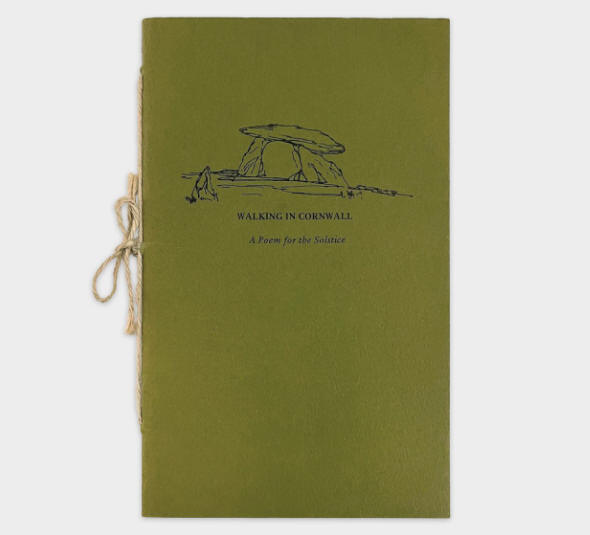|
CHÛN
Ursula K. Le
Guin
The first day to the high place of Chûn.
The road goes low between walls
of spark-strown granite, dry laid
by those who cleared the little fields, and kept up since, for maybe
eighty generations:
heavy boulders earthset as the base,
smaller rocks set close and vertical.
Gorse breaks gold from roots among the rocks.
The road stinks, till we get past
a farmer turning muck on his high field.
The farmyard drive’s all liquid mud. Then no road,
only a grass track up the hill
and up, and wind a bit, and all the while the land rising in long green
swells wave-netted by
the walls that mark the oldest fields in England,
and up, onto the land into the wind,
until we realise that this shallow ditch
between rockheaps and gorse and heather clumps
is the outer ring, and we have come to Chûn.
The inner ring still stands. Dry stones.
There are some roofless rooms. The heather bells
are last year’s, dry and snakeskin-frail.
A lark goes up and up and sings and sings
over the fortress of the sea wind.
The big stones mark the gateway,
and the wind drives bright between them,
king of the castle, coming home.
'Walking in Cornwall: A Poem for the Solstice'
includes three poems by Ursula K. Le Guin and illustrations by Charles
Le Guin, inspired by a visit the couple made to Cornwall. It was
published in a limited run of 550 copies by Pendragon Press in 1976.
Most of the copies were inscribed to friends of the Le Guin family and
the publishers.
'Gorse
Breaks Gold' at ALMA
Artspace, summer 2025, was a group exhibition inspired by
‘Walking in Cornwall’. The exhibition
was a gathering of works made by artists who
make work in response to Cornwall’s landscape
and ancient remains. This poem, featured in Le
Guin’s ‘Walking in Cornwall’ inspired the
collection of pieces for this show (see
'exhibitions').

30.7.25 |

